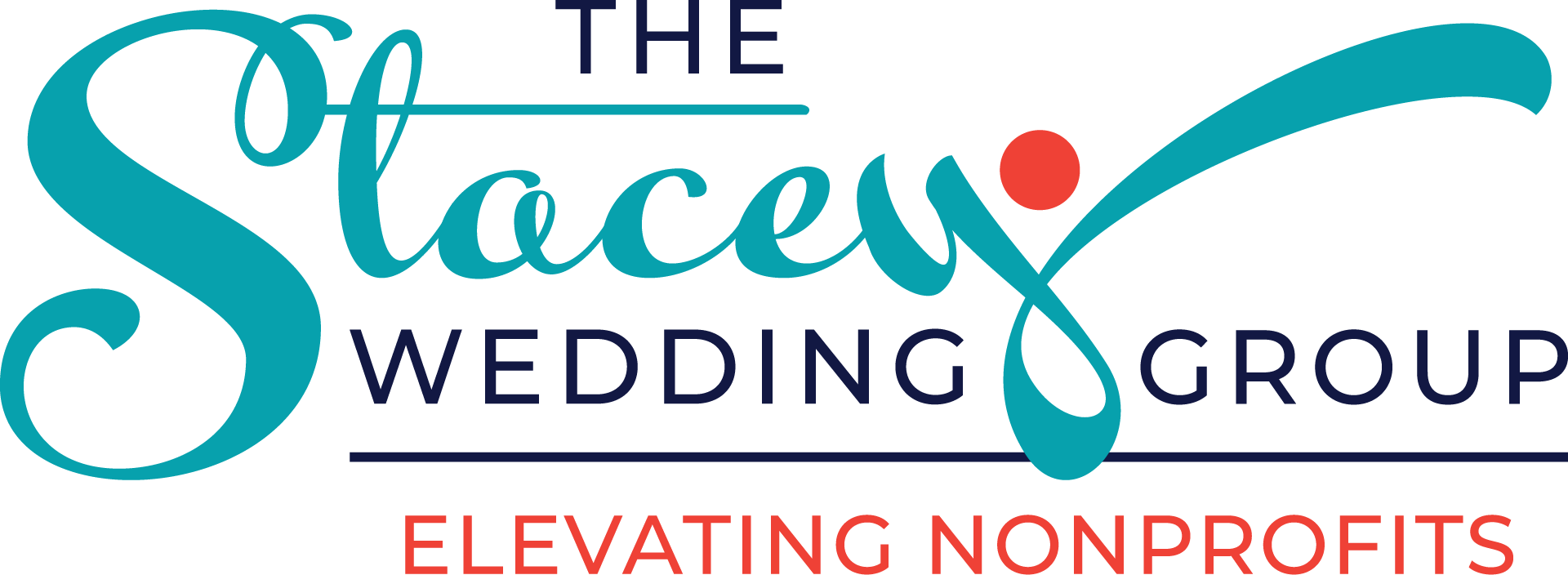Technology in Philanthropy is a column we feature on the PIP blog to keep leaders up-to-date and informed in the never-stagnant tech sector – most importantly, can new technologies ultimately enhance or impact your organization’s mission.
by: Anthony McTaggart, resident geek
There’s a need in the majority of organizations for some sort of contact/donor management. Initially, there were huge tools, built for someone with a full-time database job title. Frankly, small nonprofits and startups just don’t have the budgets – either for the software, or the people to operate it. Fast forward to 2014, and functionality that before took thousands of dollars annually, can now be easily achieved through a number of tools – many free or even relatively low-cost.
The problem is, managing the actual donations. When, and more importantly, how will we be able to keep up with donations that are as little as $5 or grants in the thousands? It quickly becomes a headache, many resorting to just using complex Excel spreadsheets, where data quickly becomes unformatted and illegible to the next intern or team member in your organization.
The two solutions I’ve found that have the lowest learning curve and cost are Little Green Light and Salesforce. These are two very different approaches, but they will fit the bill for nearly all nonprofit organizations with under $5 million per year in donations or grants.
Now, keep in mind neither of these solutions are guaranteed cost-free (Salesforce is one that you could certainly get away with using completely cost-free, assuming your needs are not overly complicated).
Salesforce, by far, offers some extreme customizability. This is largely through coding, and APIs (the language many software companies put into their product to help developers build add-ons and cross-functionality) – but much can be done just using the typical interface. For example, recently, when a client wanted a special “nickname” area to use to address donors correctly, it was a simple addition to the donor profile template.
Salesforce Foundation makes these tools available for qualifying nonprofits completely free of charge. There is a learning curve – and that curve can be steep for a small shop looking for quick results. However, free is a motivator.
Furthermore, Salesforce is solid. Thousands of companies are using this to conduct all sorts of Customer Relationship Management (CRM) solutions. Others are using it for very different, database purposes. Salesforce makes up for the learning curve in flat-out flexibility.
You also will be surrounded by a strong network of coders and developers that can help you get up and running. There’s additionally some level of future-proofing – Salesforce isn’t going anywhere.
One area where Salesforce will cost you money is in the ever-expanding network of interoperability plugins. You want Salesforce to work with Constant Contact or Mailchimp? No problem, there’s an app for that. These apps can start at approximately $10 per month and go up into the hundreds depending on your needs. Not a huge deal-breaker, but these add up quickly. Like a WordPress website, you are at the hands of the plugin developer to fix any issues that could break functionality. I’m not big on putting my eggs in one basket – so automation takes a back seat to some manual (hint: intern) processes in my own organization.
Now, this may not fit the bill for all – so I’ve also included a relatively new platform – Little Green Light. LGL can get you up and running very quickly – and the cost hovers well under $75 per month. LGL’s support seems helpful and stable, and they’ve got some great plugins – like access to Mailchimp and Constant Contact – built right in. They give a great 30 day trial (as does Salesforce) and offer a lot of support in this time. I was very happy with their services.
LGL additionally has a Forms sections – where you can build RSVPs for events and collect online donations. This all ties into your donors’ contact information (constituents is their fancy political term used in the software) and updates automatically.
LGL tackles all the basic needs for donor and contact management, and allows export and import of data. As far as customizability – you may be a bit more limited on that front. What you see is what you get. In this case, what you’re getting does a great job for most small nonprofit’s needs. What LGL lacks in customization, it makes up for in deployment and downtime – this software does not have much of a learning curve, and comes with some great how-tos. The reality is, if you have the funds of about $750 per year to put toward contact management – LGL does an amazing job. If this software automates 5 hours of an interns work each month (and it does) you just paid for it.
Both softwares offer 30-day trials, and give you ample ways to “back out.” Most importantly, you will be free to export your data to another service of your choice, and there are no lock-in style contracts. It’s important to remember that you are not stuck with platforms for years as you once were – we’d be the first to jump ship if something better were available.
The donor and contact management software world is a lot different than it once was – we strongly encourage you to try some of these out yourselves, or contact us with any further questions or implementation quotes.
